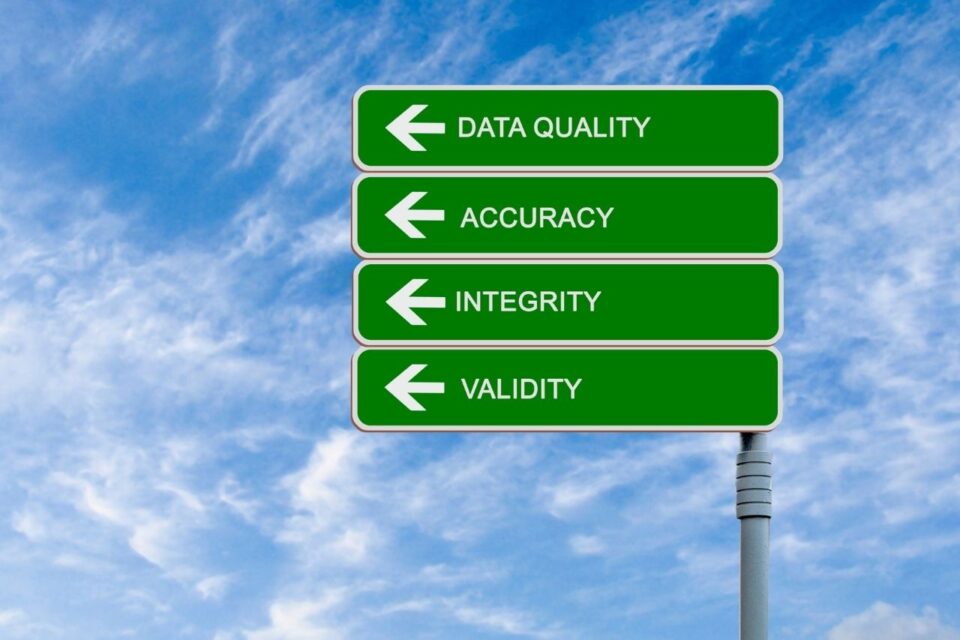
How pricing transparency will improve American healthcare?
October 13, 2020
The Importance of Complying With Price Transparency
November 23, 2020Health care is becoming a major concern in the United States as COVID-19 cases continue to rise, now flu season is amongst us, and many people are becoming more health conscious with trying to keep their bodies as healthy as possible. There are several ways of reducing the cost of your health care while preparing for major life changing events that might happen at any time.
We begin with trying to cut the cost of your medicine. Your health care provider can provide generic brands to you (normally it would contain the same active ingredient), and or assist you with providing resources for ordering your medicine through the mail, or finding a more affordable medicine that treats your condition. Going through a routine health screening also helps reduce the costs of your health care.
As we continue through the conversation, there are other items that should be understood while discussing healthcare as a whole. Many hospitals, small practices, and major healthcare systems are focused on saving lives and treating those that need medical attention. In several cases, the need of being financially stable is also a rising concern while maintaining appropriate healthcare. This is where we discuss healthcare revenue cycle management.
The revenue cycle management or RCM identifies collected information and manages the practice’s revenue from the services they have provided. The RCM is transitioning towards value-based reimbursement and gauging proper patient care, while enhancing billing practices.
What makes revenue cycle management important?
RCM plays a vital role with managing revenue and ensuring a complete billing process. Many healthcare providers focus on accurate information and compliance.
Technically speaking, incorporating RCM improves reimbursement and clinical outcomes, where the facility can function more efficiently and provide better medical services. Being successful with RCM boils down to checking for insurance eligibility of the patient, and examining any claims that must be cleared successfully. Additionally, revenue cycle management encourages patients and insurance companies to make payments in a timely manner to keep profits up.
Additional benefits of RCM
As technology progresses, and collections are becoming more creative and aggressive with receiving payments on time, many providers invest in a Practice Management product that integrates with a patient’s electronic health records to reduce the time between seeing the patient, maintaining billing, and possible reimbursement.
More benefits for RCM also includes a more detailed insight as to why the claim was denied, review revenue shortfalls (better prediction to keep the practice afloat), determining insurance status and copay requirements through the provider, and save time on both sides with automating appointment and payment reminders.
What are the ways to be successful with healthcare revenue cycle management?
The goal for every healthcare organization is to maintain a solid focus of profitability. With healthcare frequently changing, business owners and doctors are brainstorming different ways to keep financial stability and bring in a certain amount of revenue.
One of the major ways to become successful while using RCM is verifying insurance eligibility during pre-registration. Transparent pricing of specific services or high quality clinical outcomes is becoming vital during the billing and collection process. Healthcare organizations also manage claim denials accordingly, between missing signatures on a patient’s charts or an ICD-10 coding.
For those that do not know what ICD-10 means, it is used as an accurate up-to-date procedure that enhances health care cost and fair reimbursement policies. The ICD means International Statistical Classification of Diseases (and related health problems). The 10 is simply the 10th revision of ICD.
Conclusion
The RCM serves many benefits in the healthcare realm. As the demands for better healthcare is in the works, insurance providers, patients, and healthcare organizations work diligently with each other to provide an all-around favorable experience for those seeking medical attention. Finally, there are ways in reducing costs to help care for your medical bills. The goal is to cater to everyone and provide the best experience possible while generating a certain amount of revenue to keep business booming.
Discover The Ultimate Pricing Transparency Solution
If you are interested in a free demo of our AllPayor® Software, please go HERE or you can register for a FREE webinar HERE





